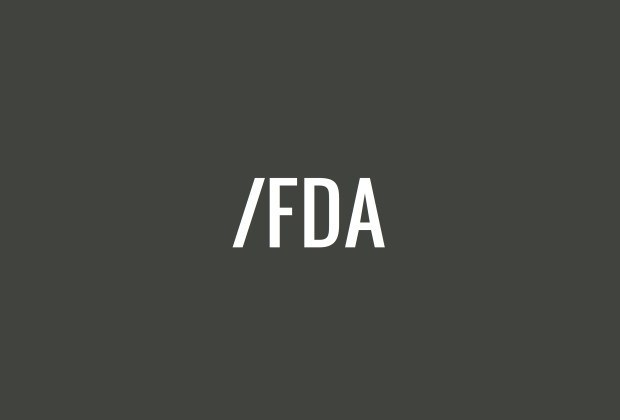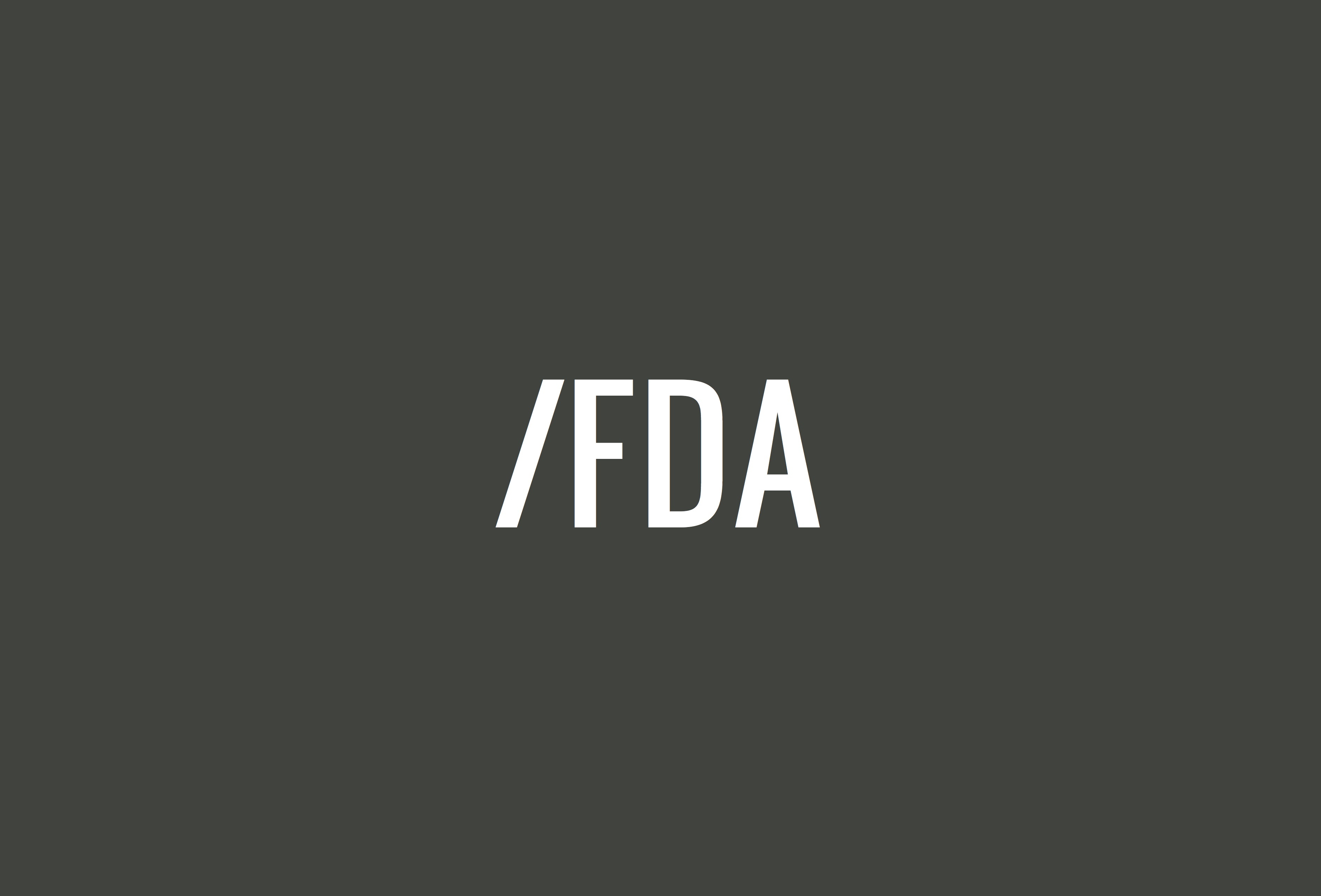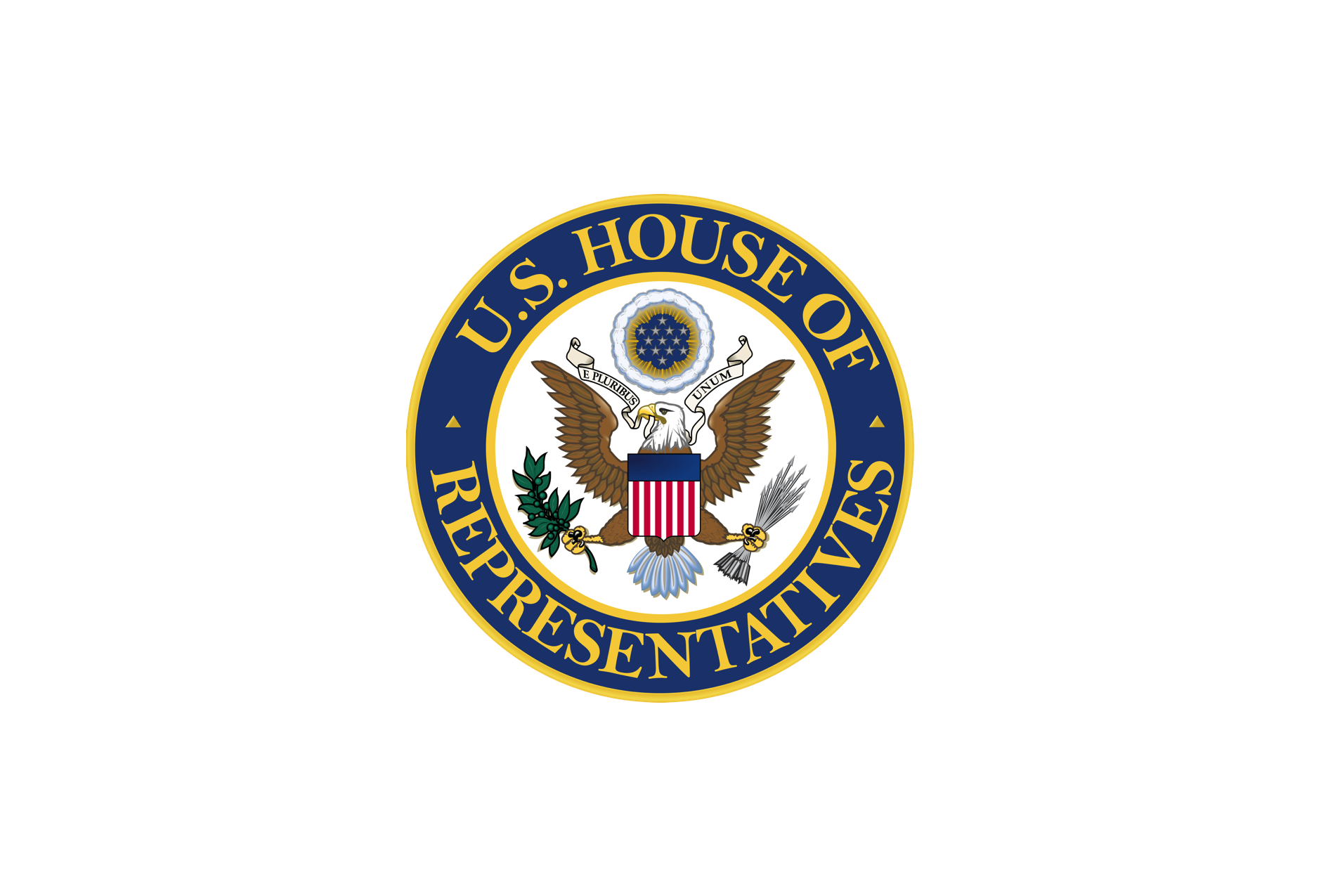There are some court battles the cigar industry would like FDA to win—and it just lost one of them.
Earlier today, the U.S. District Court for the District of Maryland ruled against FDA in American Academy of Pediatrics, et al. v. Food and Drug Administration, et al.
In doing so, federal judge Paul W. Grimm threw out FDA’s August 2017 guidance that delayed substantial equivalence from May 2018 until August 2021.
Now, Grimm is calling for the plaintiffs and the agency to submit plans for a new timeline, one that would call for an accelerated substantial equivalence process.
WHAT IS Substantial equivalence?
Substantial equivalence is expected to be the main approval process for tobacco products once FDA’s regulations are fully into effect. In short, a manufacturer would argue that its product is substantially equivalent to an already approved or grandfathered product, and as such poses no additional health risks and does not market towards children.
Products marketed prior to Feb. 15, 2007 will be grandfathered, but any cigar introduced after that date will likely need to go through the substantial equivalence process.
What that process looks like isn’t entirely clear. In March, FDA issued separate guidance announcing that it would be redoing its substantial equivalence process in an effort to make it easier for manufacturers to understand what the agency was looking for in a substantial equivalence report. At this time, the agency is still seeking comments on how this new substantial equivalence process should go, the comment period ends June 14.
Further complicating matters is that FDA has not announced its testing protocols for measuring harmful and potentially harmful constituents (HPHCs). In a separate announcement, the agency announced in March that it would delay HPHC testing requirements until the agency issued guidelines for the testing.
WHAT WAS THE COURT CASE OVER?
It was largely over e-cigarettes, however, because cigars and e-cigarettes are both regulated by the deeming regulations, the delay that benefited both industries is now also being taken away for both industries. Cigars were mentioned in the lawsuit, but only in passing as a reference to the things that could be affected.
Last March, seven health groups and five Maryland-based doctors sued FDA arguing that the agency’s decision to delay substantial equivalence until 2021 for cigars, and 2022 for e-cigarettes, was in direct violation with the Tobacco Control Act, the bill that gave FDA the authority to regulate these products in the first place.
The plaintiffs argued that FDA’s decision to significantly delay enforcement of product review allowed companies to continue to market and sell unregulated products far longer than what Congress intended.
It is worth noting that Congress did not set specific deadlines for FDA to act. The Tobacco Control Act passed in 2009, FDA’s deeming regulations did not go into effect for another seven years.
WHAT HAPPENED?
FDA argued that the health groups did not have the standing to sue the agency because the process by which FDA announced the delay was part of the guidance, something that isn’t usually subject to review by the courts.
Grimm ruled that in this particular case, FDA’s guidance went beyond the typical guidance—because in his view it runs counter to the mission of the Tobacco Control Act—and that the courts have ruled that an agency’s final guidance is subject to judicial review.
The agency also tried to argue that the delay had no effect on the plaintiffs. The health groups countered arguing that FDA’s decision to delay the substantial equivalence process had meant that the groups have had to spend more time with research and messaging against the dangers of underage e-cigarette use.
Grimm’s view is quite clear, FDA went against Congress’ intent by choosing to delay enforcement of this part of the deeming regulations and it was not legally allowed to do so, particularly without going through the process laid out by the Administrative Procedure Act.
But this bears no relation to a decision to hold in abeyance enforcement of mandatory provisions of a statute that Congress viewed as integral to address public health dangers that the agency itself acknowledges are alarming for five or more years while it tries to figure out how it will implement the statute, all the while affording those manufacturers responsible for the public harm a holiday from meeting the obligations of the law.
He then threw out the August 2017 guidance and has asked the two sides to submit plans about what to do going forward.
WHY WAS FDA FIGHTING THIS?
Probably because it’s not ready to go through with this process now—and it certainly wasn’t in August 2017.
In case it’s not clear by the above, FDA has delayed a lot of deadlines regarding the deeming regulations. In the last six months alone, it has begun reevaluating larger questions: how to do substantial equivalence, how to test for HPHCs, and how the agency will ban flavored tobacco products.
It’s unclear how the agency would attempt to start the substantial equivalence process if forced to do so today as it’s still accepting comments on how to change the process until mid next month.
NO CHANGES, YET
At the moment, substantial equivalence reports are not required. While Grimm might have thrown out the 2021 extension, FDA hasn’t created an alternative timeframe, however, Grimm made it clear that he doesn’t think manufacturers should be caught off guard by today’s decisions:
Even so, manufacturers long have been on notice that they will have to file premarket approval applications, substantial equivalence reports, and exemption requests, and if they have chosen to delay their preparations to do so, then any hardship occasioned by their now having to comply is of their own making. And, in adopting new Guidance, the APA can propose that the deadlines can be set sufficiently soon beyond the end of the notice and comment period to afford relief to Plaintiffs and to attempt to combat the epidemic-level use of new tobacco products like e- cigarettes, especially by teenagers.
At the very earliest, it’s unlikely FDA would announce new timelines until late 2019.
WHAT’S NEXT?
More legal battles is the safe bet, but there are at the very least three logical pathways.
I. NO MORE LEGAL BATTLES
This seems highly unlikely, but it’s worth breaking down just so the very baseline timeframe could be established. Grimm’s ruling asks the plaintiffs to submit a specific plan—and he is quite clear about it being specific—within the next 14 days, that sets off a string of other reactions that would look like this:
- (By) May 29 — Plaintiffs ordered to respond with a specific timeline
- June 12 — FDA has 14 days to respond to the proposal
- June 17 — Plaintiffs have five days to respond to the response
From there, the court would need to approve the plan, which likely would take some additional time for review. Then it would need to through the Administrative Procedure Act, which would include at least a 30-day period for public comment.
FDA would then have to evaluate those comments and continue through the APA process before issuing its final rule. And even then, it’s likely there would be another period of time before when the rule is announced until when it goes into effect and another window before manufacturers would be required to submit those documents.
From there, FDA would have 180 days to respond to a manufacturer’s substantial equivalence submission. If the product was marketed prior to Aug. 8, 2016—the day the deeming rules went into effect—the product can stay on the market until FDA rejects the submission. If it was not marketed prior to the Aug. 8 date, a manufacturer would need to wait until FDA approved—not accepted—the substantial equivalence report.
It’s definitely possible that, with very little delay, a timeline exists where the new rule could be in effect by the end of the year, but that assumes none of the following happens.
II. FDA APPEALS
FDA declined to tell the Associated Press whether it would file an appeal but that option exists and it would significantly delay the aforementioned timeline.
There are probably many areas where FDA would like to appeal the ruling and there are other parts—particularly in the sense that it could speed up the regulation of flavored e-cigarette products—where FDA would be fine with an accelerated timeline.
III. INDUSTRY APPEALS
Grimm’s decision will definitely get legal challenges by at least one other party, albeit one that wasn’t directly part of the Maryland lawsuit: industry.
Both the cigar industry and the e-cigarette industry will oppose today’s decision and pressure FDA to appeal. It will be particularly interesting to see how Grimm’s ruling affects the cigar industry’s lawsuit against FDA—a status update is due later this month—where many of his findings could only amplify the cigar industry’s message that FDA is trying to regulate the industry without concrete plans.
For the cigar industry, substantial equivalence is more of an expensive nuisance, particularly compared to the world of e-cigarettes and vaping products, where many products are likely to be rejected because of the limited number of approved and grandfathered products. If that is the case, those products will then have to apply for a much more expensive and lengthier approval process, something FDA has stated it does not believe will apply to cigar companies.



